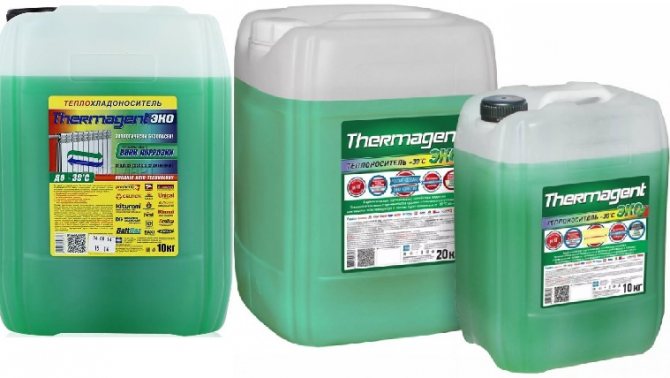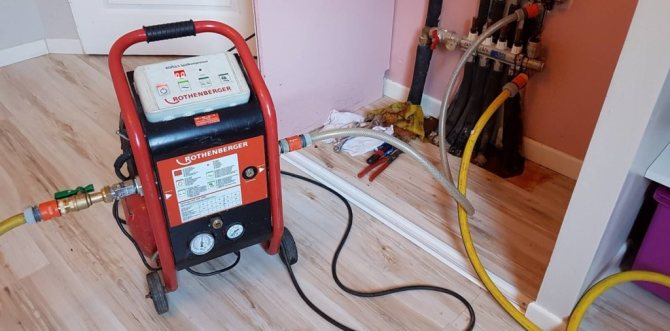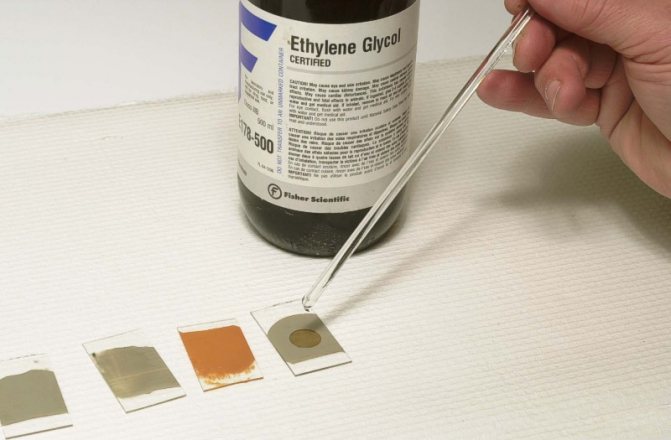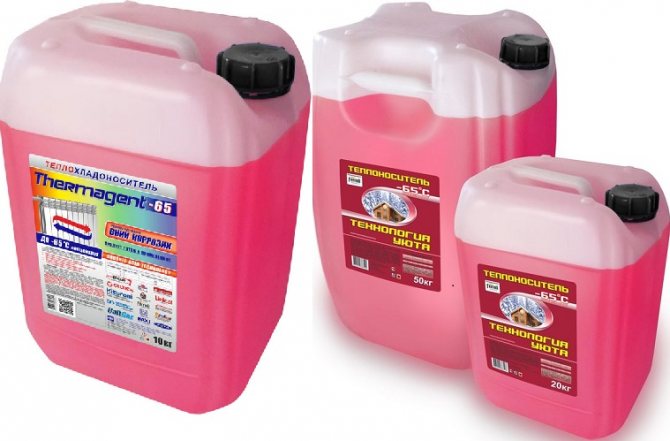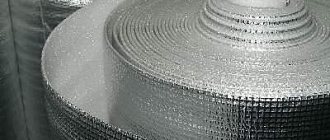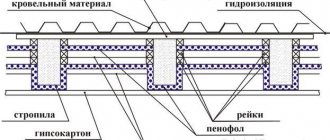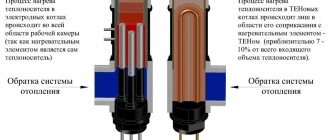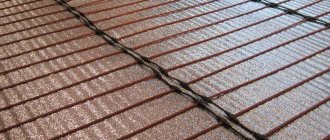What is Propylene Glycol
This substance is directly related to the class of dihydric alcohols. The reagent is a liquid substance with a subtle smell and taste. In industry, it is obtained in the process of hydration of propylene oxide at a pressure of 16 megapascals and a temperature range of 160-200 degrees.
The chemical formula of propylene glycol is C3H6 (OH) 2. It is completely safe to use, as it does not contain toxic elements. For heating systems, aqueous solutions are used, which are based on this reagent.
Propylene glycol has a related composition with ethylene glycol - C2H4 (OH) 2. But the last element is not used for heating residential buildings, as it has a fairly high level of toxicity. Moreover, the chemical formula of both substances has a certain similarity.
Heat transfer fluid ethylene glycol and propylene glycol: can they be mixed?
In connection with such a difference in the degree of toxicity and in price, many people have a question: is it possible to mix two alcohols to get an analog that is not as expensive as monopropylene glycol, but less toxic than ethanediol?
The answer is categorical: liquids cannot be mixed, since this, at best, can lead to a decrease in the characteristics of a more technologically advanced composition - propylene glycol, and at worst will cause the formation of a sludge, since solutions may contain additives that are incompatible with each other. Therefore, you should choose only one of the antifreezes in accordance with the requirements of the system, and you can buy them at competitive prices from us.
Main characteristics
Propylene glycol is a hygroscopic substance that is soluble in water, acetone, ethanol, chloroform and diethyl alcohol. Such a colorless liquid containing a carbon atom has a low degree of volatility. It is non-corrosive and completely safe to use.
Among the characteristics of propylene glycol are:
- density - 1037 kg / m³, which is almost 4 percent more than that of water;
- a fairly high boiling point - 188 degrees above zero;
- thermal conductivity - 0.218 W / (m * K);
- the beginning of crystallization - at -60 degrees;
- specific capacity value - 2483 J / (kg * K).
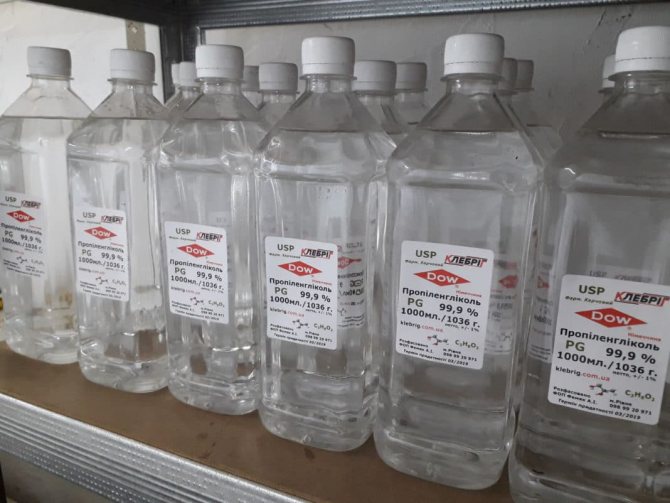
What propylene glycol looks like
The propylene glycol coolant is an aqueous solution that remains liquid at temperatures ranging from -40 to 100 degrees. The finished substance, in addition to the main component dissolved in distilled water, includes dyes, as well as no more than 5 percent of anti-corrosion, stabilizing, softening additives.
The density of the propylene glycol heating medium depends on the concentration of the main component. The higher its percentage, the higher its maximum boiling point. The density index also increases accordingly. Based on this, percentage markings are indicated on the coolants produced.
Advantages and disadvantages
Propylene glycol is one of the most demanded ready-made heat carriers for heating systems. Its main function is to protect the heating equipment from ruptures, which occurs due to the ability to practically not change its volume at low temperatures. Therefore, in severe frosts, when using it, there is no need to drain the system.
The advantages of using a propylene glycol-based coolant include:
- Safety and environmental friendliness. The substance does not contain components of increased toxicity.The reagent does not have a negative effect when it comes into contact with the skin or mucous membranes of the eyes. Its vapors are harmless enough. When the floor finishing material hits the surface, any chemical reactions are excluded.
- Lack of corrosive activity. This property allows the use of this coolant for heating systems with various structural materials.
- High level of thermophysical characteristics. The use of an aqueous solution of propylene glycol for heating circuits promotes rapid and uniform heating of the room. In this case, the heat is retained for a long time.
- Lack of limescale. When heated to high temperatures, this antifreeze does not form any hard deposits. At the same time, propylene glycol has bactericidal and cleaning properties. With its help, various deposits are removed on the internal sections of heating equipment.
The ready-made propylene glycol solution is completely fireproof and its use excludes the possibility of an explosion.
This coolant also has some negative operating points:
- High rate of fluidity. Propylene glycol is able to penetrate the smallest crevices. Its fluidity is slightly higher from water, therefore leaks sometimes occur in places where they should not be. But this property at the same time can be attributed to the positive aspects, since it allows to improve the assembly quality of the heat-conducting structure.
- The possibility of using propylene glycol coolant in the presence of parts containing zinc is excluded. If you do not follow this precaution, then the viscous antifreeze will eventually flake off the zinc, which will lead to blockage of the pipeline.
Also, sometimes the high cost of propylene glycol-based antifreeze is attributed to the negative sides. At the same time, it must be replaced in the heating system at least after five seasons.
Flushing
The heating system needs periodic flushing. Various liquids are used for these purposes. Home rinsing is usually done with water.
To obtain a good result, the system needs to be filled with caustic soda solution for about an hour, which is excellent at fighting corrosion and scale.
Another important point is to know what is the required freezing point of antifreeze. Only when this condition is met, you can choose the most optimal fluid for heating systems. Propylene glycol has a number of advantages over ordinary water. And the main thing is the ability not to freeze at low temperatures.
After pouring antifreeze into the heating system, you do not have to worry about the "defrosting" of heating devices in a country house. You don't have to go there constantly to check the status of the system.
Various additives give the anti-freeze liquid the best quality. As a result, the heating system will last longer. The additives help protect metal surfaces from corrosion, while preventing the destruction of the sealing elements.
Scope of application
Propylene glycol is in high demand in modern industry. Heat carriers made on its basis are widely used not only for heating systems, but also as antifreeze for ventilation and air conditioning equipment.
The safety of the substance allows it to be used for residential and public buildings. At the same time, antifreeze can be poured into structures made of various materials, including rubber, aluminum, steel, copper or cast iron. An exception is galvanized coating.
The field of application in the industry of propylene glycol is quite extensive:
- pharmaceuticals;
- tobacco production;
- food production;
- automotive and aviation industry;
- Oil and gas industry;
- cosmetology, perfumery;
- medicine.
Propylene glycol uses include livestock and agriculture. It is used to improve the quality of feed, as well as to extend the shelf life of vegetable crops. In the chemical industry, a viscous substance is used in the manufacture of polyurethanes, paint solvents, plastics or polymers.
Criterias of choice
The main point that should be considered when choosing a coolant for space heating systems is the manufacturer's recommendation for heating equipment. The instructions for the boiler often indicate the requirements for the liquid with which the water circuit is filled, and sometimes the brand of antifreeze.
The main factors to consider when choosing a propylene glycol solution for heating systems are:
- Climatic conditions of use. The maximum freezing point is indicated on various brands of the product. This indicator depends on the concentration of the solution, the percentage of which is also indicated in the name of the coolant.
- Manufacturer. The efficiency of the heating system depends on the quality of antifreeze. You can buy good products from trusted manufacturers. Quality products do not contain toxic substances and are completely safe to use.
- Characteristics of additives. Propylene glycol-based products in ready-to-use heat transfer fluids can have anti-corrosion properties while providing protection against metal degradation. Softening components are often added to the composition, which protect rubber elements from deformation. Therefore, when choosing antifreeze, technical and design features of heating equipment are taken into account.
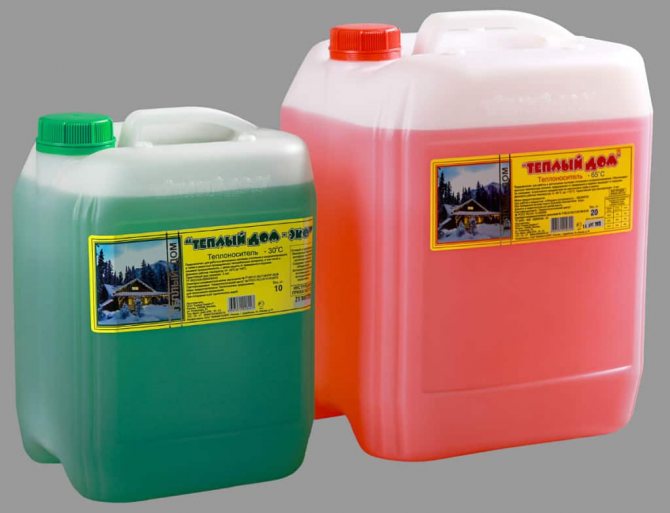

When choosing a propylene glycol-based heat transfer fluid, take into account the characteristics of the additives
Antifreeze with carboxylate type additives is especially popular. Such a coolant can be used for almost any material included in the design of a thermal device.
Propylene glycol intended for heating systems must meet all technical requirements and meet the characteristics of the heating equipment used.
Glycerin-based heat carrier
Benefits:
- environmentally friendly;
- not hazardous by inhalation of vapors;
- does not cause poisoning if accidentally ingested;
- inert to galvanized parts;
- cheaper than propylene glycol-based coolant.
Disadvantages:
- the mass of the glycerin coolant gives an additional load on the equipment;
- the viscosity is higher than that of glycol solutions;
- thermally unstable;
- foams strongly, the risk of airing the system increases;
- when used, the requirements for gaskets (seals) and parts are increased.
Features of use for heating
The propylene glycol coolant is poured into the system in accordance with the technical parameters. Before using antifreeze, a number of preparatory steps should be taken:
- drain the liquid from the system, flush all circuits with caustic soda, remove all deposits and rust;
- seal all connections, including tie-ins and bends;
- remove and replace all zinc-containing parts.
The system can then be filled with a propylene glycol solution. At the same time, it is recommended to keep the trigger valve open at the lowest point. This action will allow you to immediately see when the heat loops are completely filled. After filling, the system is checked for leaks and a test run of the heating equipment is carried out.
Operating moments
Ready-made propylene glycol solution for heating devices has a lower thermal conductivity and heat capacity than water. Therefore, when using a substance, it is often necessary to add the amount of batteries in the room.Replacement of heating equipment may also be required.
In order to productively use polypropylene-based antifreeze for a heating system, some operational recommendations should be taken into account:
- due to the high viscosity of this coolant, it is necessary to install a pipeline with a diameter of at least 25 millimeters, and also select a sufficiently powerful circulating pump;
- for metal pipes, antifreeze with additives that prevent corrosion should be used;
- use an aerometer annually to check the concentration of the main reagent;
- use an expansion tank of at least 10 liters;
- to provide free access to all connections of heating equipment in case of elimination of leaks;
- replace the propylene glycol coolant every five operating seasons;
- use and regularly monitor heating dirt traps.
- when replacing antifreeze, completely flush the heating equipment.
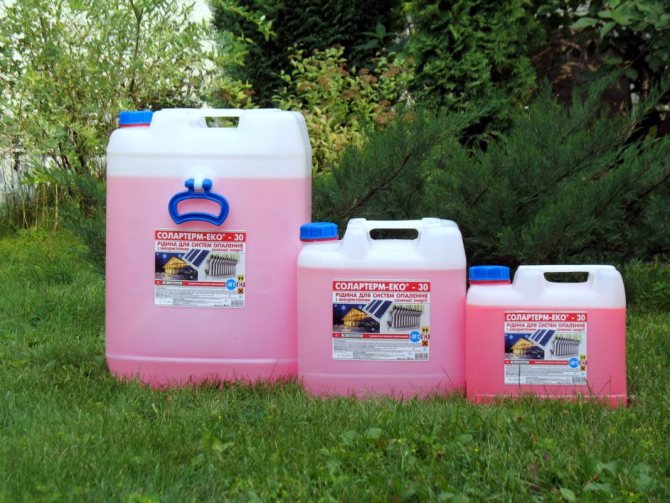

The propylene glycol-based coolant must be changed every 5 seasons
If it is necessary to mix this coolant, it must be borne in mind that the solution combines well with a liquid based on glycerin, propylene glycol or ethylene glycol. In this case, the type of additive included in the composition is taken into account, since an incorrect combination of different additives can cause a decrease in the technical characteristics of antifreeze.
Due to its many advantages, propylene glycol is considered one of the best heat transfer fluids for heating equipment. But in order to ensure an effective working process of the heating system for several years in a row, all technical and operational requirements should be observed when using it.
Heating medium for the heating system
A modern coolant has a complex set of constituent chemical elements. The known non-freezing fluids used in heating systems are based on three fundamental components. Accordingly, each liquid is endowed with different properties and characteristics. The main difference in the technical characteristics of the presented brands is determined by the fillers on the basis of which the coolant is mixed:
- ethylene glycol; - propylene glycol; - glycerin.
The coolant is produced in the form of a concentrate or is often offered a little more expensive, ready-to-use, without additional enrichment with water. Manufacturers offer quality antifreeze. Due to moderate concentration and competent proportions of poly-atomic alcohol, a good heat carrier does not “corrode” the rubber gaskets of pumping equipment. There is a complete absence of negative impact on polypropylene or metal-plastic pipes.
The Russian market offers antifreeze liquids with a huge variety of brands from various, both domestic and foreign manufacturers. In common people, "non-freezing" is found under the names: "Warm House", "Dixis", "Thermagent Eco", "Thermos Eco", "TeploDom" "Antifrogen N" and many others. As a rule, antifreezes have a different color, repeating almost the entire gamut of the rainbow palette: green, blue, yellow, red and even pink.

